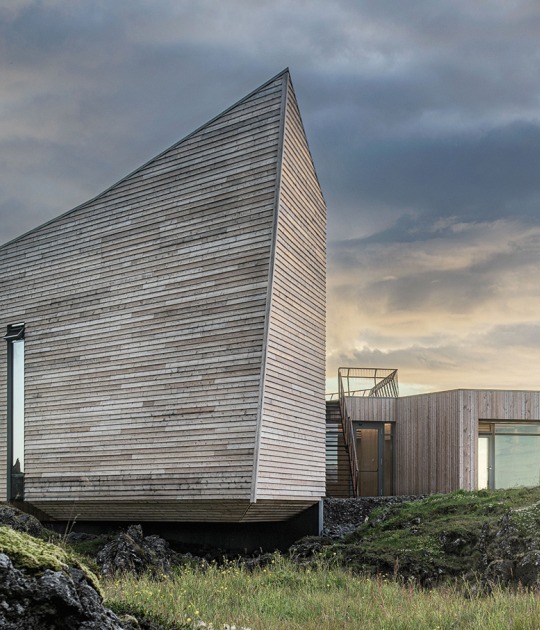The Jury for the Award –convened by the Prince of Asturias Foundation– was chaired by José Lladó y Fernández-Urrutia and made up of Bárbara Allende Gil de Biedma, José Luis Cienfuegos Marcello, Carlos Fitz-James Stuart Martínez de Irujo, Duke of Huéscar, Guillermo García-Alcalde Fernández, Carmen Giménez Martín, Enrique González Macho, Catalina Luca de Tena y García-Conde, Hans Meinke Paege, Elena Ochoa Foster, Benedetta Tagliabue, Patricia Urquiola Hidalgo, Carlos Urroz Arincibia, Miguel Zugaza Miranda and José Antonio Caicoya Cores (acting as secretary).
Minutes of the Jury
At its meeting in Oviedo, the Jury for the 2014 Prince of Asturias Award for the Arts, made up of Ms Bárbara Allende Gil de Biedma, Mr José Luis Cienfuegos Marcello, Carlos Fitz-James Stuart Martínez de Irujo, Duke of Huéscar, Mr Guillermo García-Alcalde Fernández, Ms Carmen Giménez Martín, Mr Enrique González Macho, Ms Catalina Luca de Tena y García-Conde, Mr Hans Meinke Paege, Ms Elena Ochoa Foster, Ms Benedetta Tagliabue, Ms Patricia Urquiola Hidalgo, Mr Carlos Urroz Arancibia, Mr Miguel Zugaza Miranda, chaired by Mr José Lladó Fernández-Urrutia and with Mr José Antonio Caicoya Cores acting as secretary, has agreed to grant the 2014 Prince of Asturias Award for the Arts to the American architect Frank O. Gehry for the relevance and impact of his creations in numerous countries, via which he has defined and furthered architecture in the past half century.
His buildings are characterized by a virtuoso play of complex shapes, the use of unusual materials, such as titanium, and their technological innovation, which has also had an impact on other arts. An example of this open, playful and organic style of architecture is the Guggenheim Museum in Bilbao, which, in addition to its architectural and aesthetic excellence, has had an enormous economic, social and urban impact on its surroundings as a whole.
Oviedo, 7th May 2014
This candidature was put forward by Richard Armstrong, Director of the Solomon R. Guggenheim Foundation in New York.
He is now the seventh architect to receive this award in the Arts category, after Oscar Niemeyer (1989), Roberto Matta (1992), Francisco Javier Sáenz de Oiza (1993), Santiago Calatrava (1999), Norman Foster (2009) and Rafael Moneo (2012).
As stated in the Statutes of the Foundation, the Prince of Asturias Awards are aimed at rewarding “the scientific, technical, cultural, social and humanitarian work carried out at an international level by individuals, institutions or groups of individuals or institutions”. Within this spirit, the Prince of Asturias Award for the Arts will be bestowed on those “whose work in Film, Theatre, Dance, Music, Photography, Painting, Sculpture, Architecture or any other form of artistic expression constitutes a significant contribution to the cultural heritage of mankind”.
This year a total of 36 candidatures from Argentina, Austria, China, Estonia, France, Georgia, Hungary, Italy, Japan, Lebanon, Mexico, Romania, Paraguay, Philippines, Portugal, the United Kingdom, the United States, Zimbabwe and Spain ran for the award.
This is the first of eight Prince of Asturias Awards, which are being bestowed this year for the thirty-fourth time. The rest of awards will be announced in the coming weeks in the following order: Social Sciences, Communication and Humanities, Technical Scientific Research, Literature, International Cooperation and Sports, with the Concord award being announced in September.
Each of the Prince of Asturias Awards, which date back to 1981, is endowed with 50,000 Euros, a commissioned sculpture donated by Joan Miró, a diploma and an insignia. The awards will be presented in the autumn in Oviedo at a grand ceremony chaired by H.R.H. the Prince of Asturias.
































